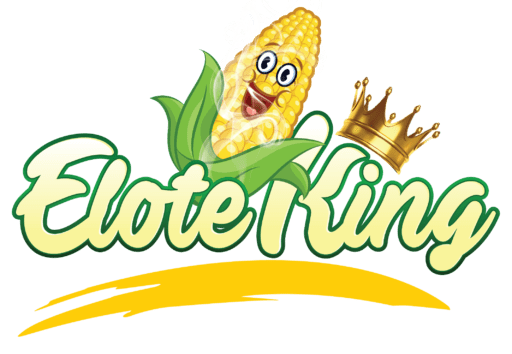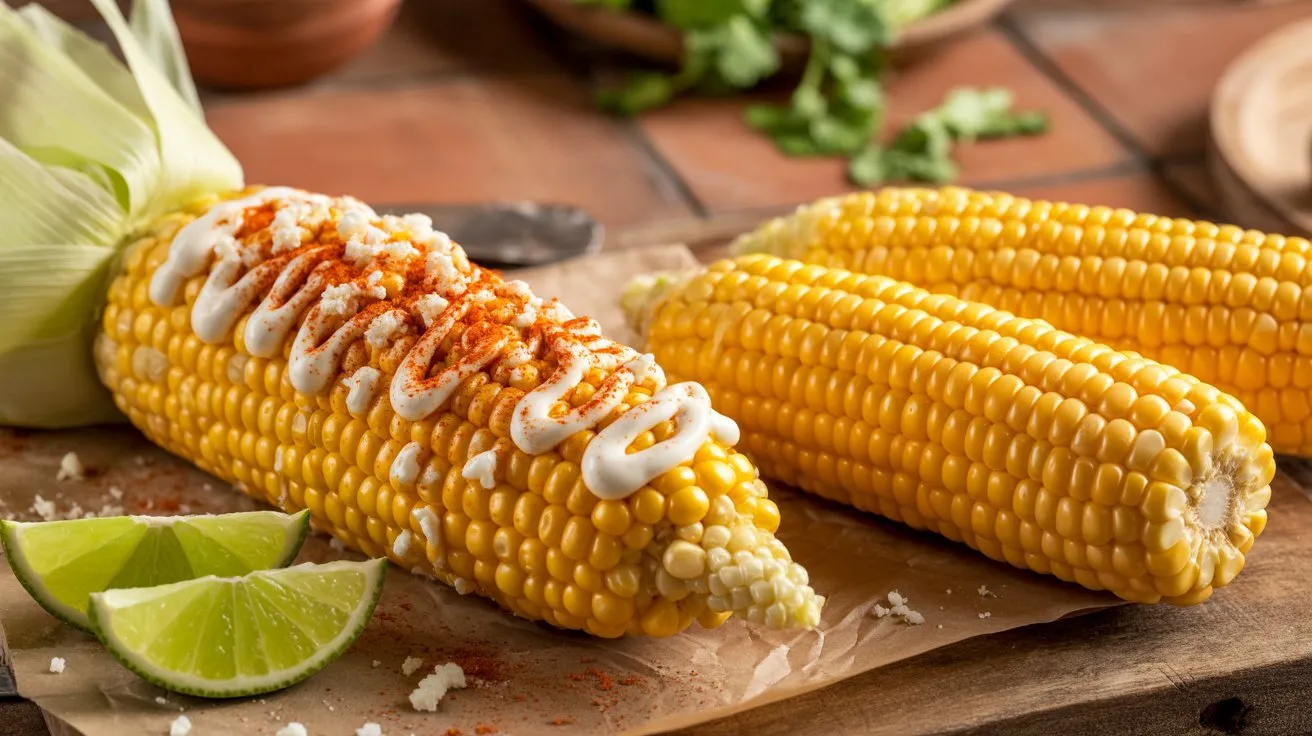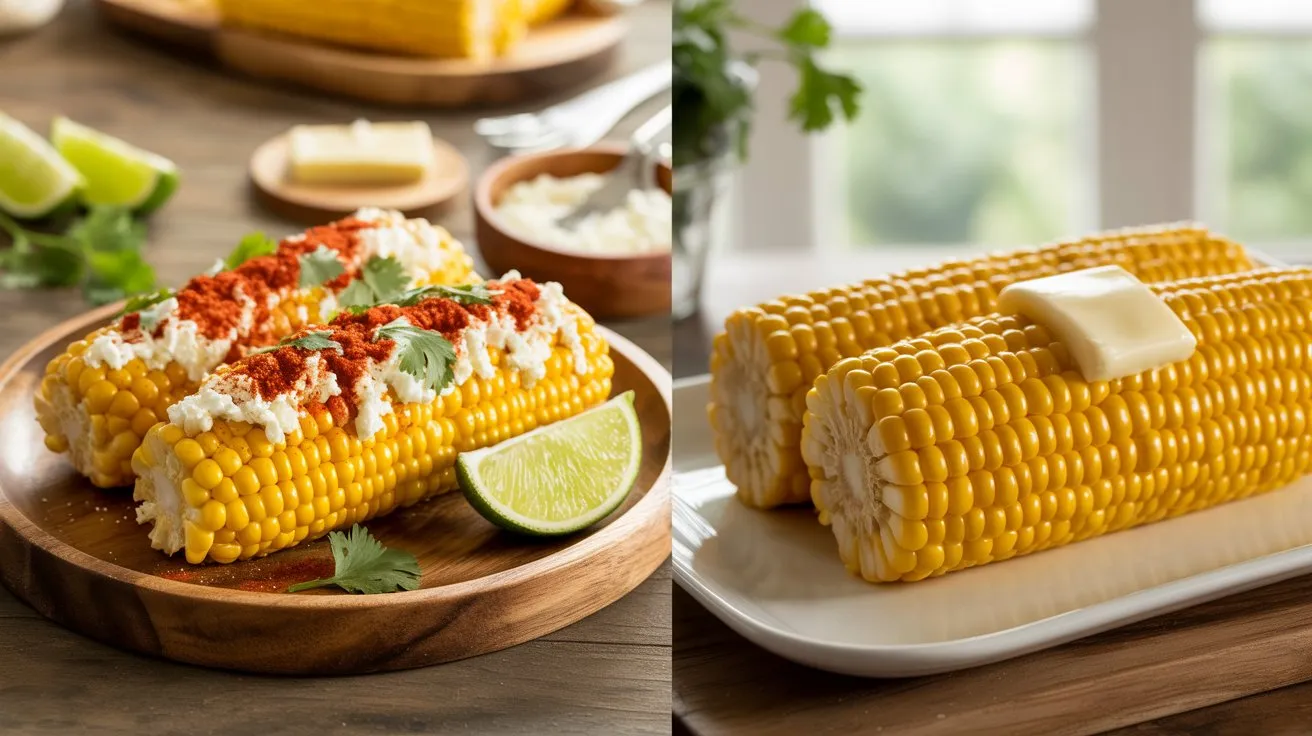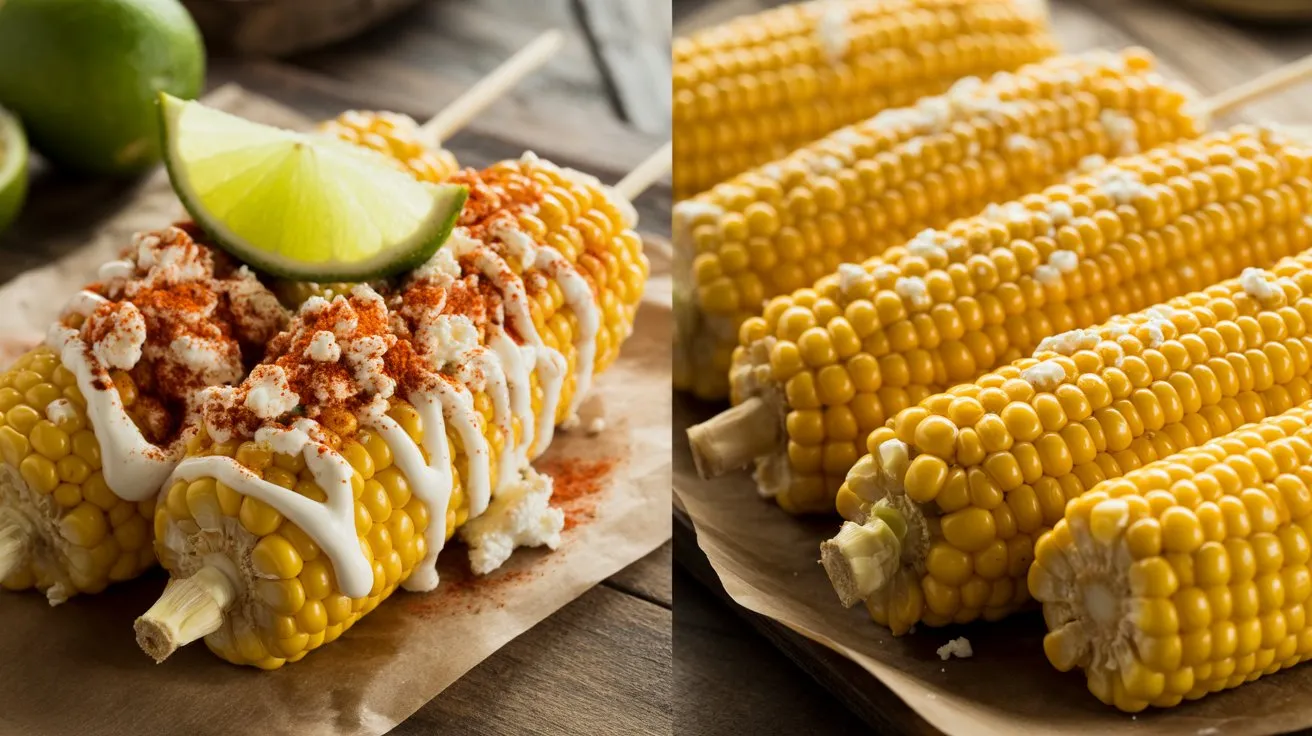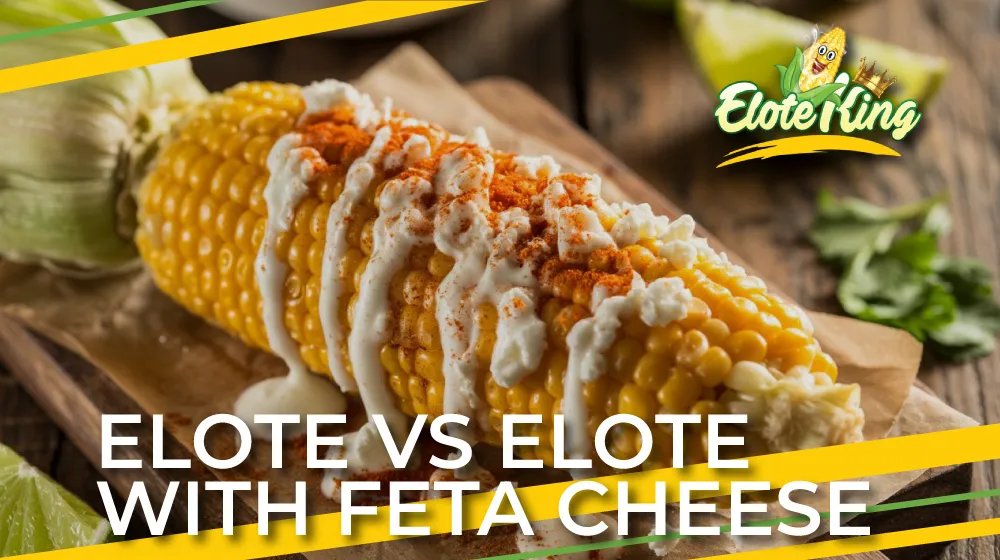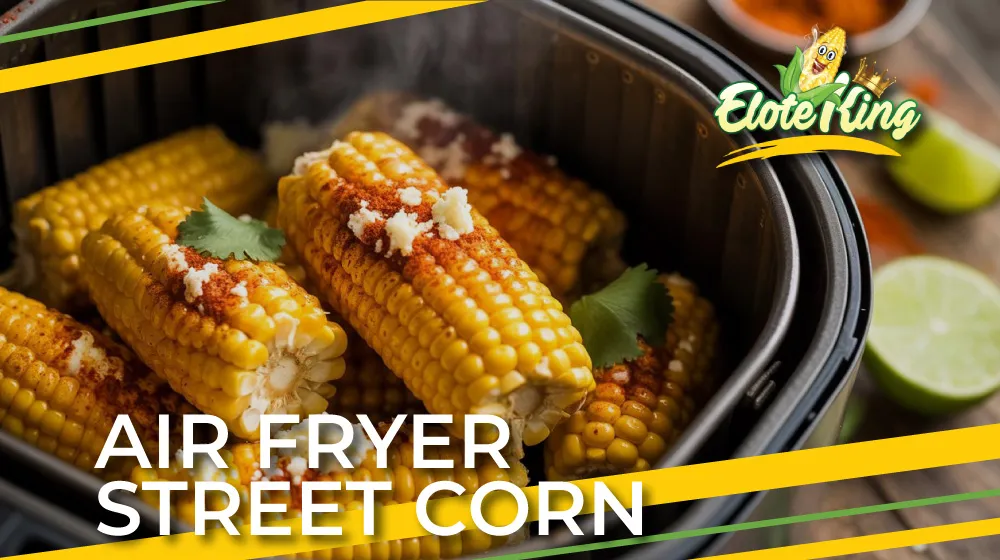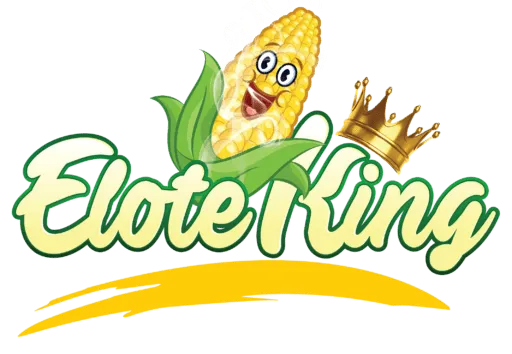If you’ve ever walked past a street vendor in Mexico or visited a authentic Mexican restaurant, you’ve probably been tempted by the incredible aroma of grilled corn slathered in creamy, tangy toppings. That’s Mexican street corn—or elote—and it’s a world apart from the sweet corn on the cob you might grill at your backyard barbecue. But what exactly makes Mexican corn different from regular corn? Is it a special variety, or is it all about the preparation?
The truth is, the magic lies in both. While Mexican corn and regular sweet corn can come from similar plant varieties, the cultural traditions, preparation methods, and flavor profiles create an experience that’s distinctly different. Whether you’re a foodie curious about authentic Mexican cuisine or simply wondering why that corn from your favorite taqueria tastes so much better than anything you’ve made at home, we’re diving deep into everything that sets these two apart.
Understanding the Corn Varieties
What Makes Corn “Mexican”?
When people ask, “What is the difference between Mexican corn and regular corn?” they’re often surprised to learn that it’s not always about a completely different plant species. Mexican street corn, known as elote when served on the cob or esquites when served in a cup, typically uses white or yellow field corn varieties that have been cultivated in Mexico for thousands of years.
Mexico is actually the birthplace of corn (maize), domesticated from a wild grass called teosinte over 9,000 years ago. Traditional Mexican corn varieties tend to be starchier and less sweet than the hybrid sweet corn varieties popular in the United States. These heritage varieties include white corn (maíz blanco) and yellow corn (maíz amarillo), which have a more robust, earthy flavor that stands up beautifully to bold seasonings.
The Sweet Corn vs. Field Corn Distinction
Regular corn—the kind most Americans think of when they picture corn on the cob—is typically a hybrid sweet corn variety bred specifically for its high sugar content and tender kernels. These varieties are picked at their peak sweetness and are delicious with just butter and salt.
Sweet corn has been selectively bred over decades to maximize sugar content and minimize starch, creating that burst of sweetness when you bite into a kernel. It’s harvested at what’s called the “milk stage,” when the kernels are plump and juicy.
In contrast, traditional Mexican corn varieties are often field corn or dent corn, which are starchier and have a more complex, nutty flavor. While modern Mexican street vendors may use sweet corn for convenience and popularity, authentic preparations often feature these heartier varieties that have fed Mexican communities for millennia.
The Preparation: Where the Real Magic Happens
Traditional Mexican Corn Preparation
Here’s where things get really interesting. Even if you start with similar corn varieties, the preparation methods create vastly different results. What is the difference between Mexican corn and regular corn? A huge part of the answer lies in how it’s cooked and seasoned.
Mexican street corn is traditionally grilled over an open flame or boiled, then slathered with a glorious combination of ingredients:
Mayonnaise or Mexican crema: This creates a creamy base that helps other toppings stick while adding richness. Mexican crema is similar to sour cream but thinner and less tangy, with a subtle sweetness that complements the corn perfectly.
Cotija cheese: This aged, crumbly Mexican cheese is salty and sharp, similar to Parmesan but with a distinct flavor profile. It’s generously sprinkled over the creamy coating, adding a savory punch that balances the corn’s natural sweetness.
Chili powder: Usually Tajín (a tangy chili-lime seasoning) or ground cayenne pepper adds heat and depth. This spicy element is essential to authentic elote and creates that addictive sweet-spicy-tangy combination.
Fresh lime juice: The acidity cuts through the richness and brightens all the flavors. Lime is squeezed generously over the top, often right before serving.
Fresh cilantro: Chopped cilantro adds a fresh, herbal note (though this is optional and varies by region and vendor).
The corn is often grilled until charred in spots, creating smoky, caramelized notes that add another layer of complexity. Some vendors rotate the corn constantly over charcoal grills, achieving that perfect combination of tender kernels and crispy, slightly blackened exterior.
How Regular Corn is Typically Served
In American cuisine, corn on the cob is usually much simpler. The most common preparation involves:
- Boiling or grilling the corn
- Brushing with butter
- Sprinkling with salt and pepper
That’s it. And don’t get us wrong—fresh sweet corn prepared this way can be absolutely delicious, especially at the peak of summer when corn is at its sweetest. The simplicity lets the corn’s natural flavor shine through without competition.
Some American preparations might include herb butter, garlic butter, or a sprinkle of Parmesan cheese, but these are considered variations rather than the standard preparation. The focus is on the corn’s inherent sweetness rather than layering it with bold, contrasting flavors.
Cultural Significance and History
Corn in Mexican Culture
To truly understand what is the difference between Mexican corn and regular corn, we need to appreciate corn’s sacred place in Mexican history and culture. Corn isn’t just food in Mexico—it’s deeply woven into the cultural identity, spiritual practices, and daily life of the Mexican people.
Ancient Mayans and Aztecs believed that humans were created from corn. The Popol Vuh, the sacred Maya text, describes how the gods made people from corn dough after failed attempts with other materials. This creation story reflects corn’s central role in sustaining life and civilization in Mesoamerica.
For thousands of years, corn has been the foundation of the Mexican diet. It’s transformed into tortillas, tamales, pozole, atole, and countless other dishes. Street corn represents this ancient staple adapted into a snack food—convenient, affordable, and incredibly satisfying.
The preparation of elote also reflects Mexican culinary philosophy: taking simple, high-quality ingredients and transforming them through bold seasoning and careful technique. It’s the same approach that makes Mexican cuisine one of the world’s most beloved—layers of flavor, balance of tastes, and respect for traditional methods.
Corn in American Culture
In the United States, corn arrived through indigenous peoples and became a staple crop, but it took a different cultural path. Sweet corn became a summer tradition—a seasonal treat associated with county fairs, backyard barbecues, and roadside farm stands.
American corn culture emphasizes freshness and sweetness. There’s even a saying that you should “put the water on to boil before you pick the corn” because the sugars begin converting to starch immediately after harvest. This focus on peak sweetness influenced breeding programs to create the super-sweet varieties we enjoy today.
While corn is certainly important in American agriculture and cuisine, it doesn’t carry the same spiritual and cultural weight that it does in Mexico. It’s food—delicious, nutritious food—but not the sacred crop that represents the very essence of life and cultural identity.
Flavor Profile Comparison
The Taste of Mexican Street Corn
When you bite into authentic elote, you experience a complex symphony of flavors:
- Smoky: From the charred, grilled exterior
- Creamy: From the mayo or crema coating
- Tangy: From the lime juice and sometimes the crema
- Salty: From the cotija cheese and seasoning
- Spicy: From the chili powder or Tajín
- Sweet: From the corn itself, though less pronounced than sweet corn
- Savory/Umami: From the cheese and the combination of all ingredients
It’s an explosion of contrasting yet complementary flavors. Each element plays a specific role, and together they create something much greater than the sum of their parts. The starchy corn provides a sturdy canvas for these bold toppings, rather than competing with them.
The Taste of Regular Sweet Corn
Traditional American sweet corn focuses on simplicity:
- Sweet: The dominant flavor, front and center
- Buttery: Rich and smooth from the butter
- Slightly salty: Just enough to enhance the sweetness
- Clean corn flavor: Pure, sweet corn taste without much interference
The goal is to showcase the corn’s natural sweetness and tender texture. It’s straightforward, refreshing, and perfectly satisfying when you’re eating high-quality fresh corn at its peak.
Nutritional Differences
While what is the difference between Mexican corn and regular corn is primarily about preparation and variety, there are nutritional considerations worth mentioning.
Basic Corn Nutrition
Corn itself is nutritious regardless of variety. It provides:
- Dietary fiber for digestive health
- B vitamins, particularly thiamin and folate
- Vitamin C for immune support
- Minerals like magnesium and potassium
- Antioxidants including lutein and zeaxanthin for eye health
Field corn and heritage Mexican varieties tend to be higher in starch and slightly lower in sugar than modern sweet corn hybrids. This means they have a lower glycemic index and provide more sustained energy.
How Preparation Affects Nutrition
The biggest nutritional difference comes from the toppings:
Mexican street corn adds:
- Calories from mayo/crema (healthy fats)
- Protein and calcium from cotija cheese
- Vitamin C from lime juice
- Capsaicin from chili powder (which may boost metabolism)
A typical serving of elote might have 200-300 calories depending on how generously it’s topped.
American sweet corn with butter and salt:
- Butter adds saturated fat and fat-soluble vitamins
- Generally fewer calories (around 150-200 for a medium ear with butter)
- Lower in protein compared to cheese-topped Mexican corn
Neither version is inherently “healthier”—it depends on your dietary needs and preferences. The Mexican version provides more protein and calcium, while the American version is lower in calories and sodium.
Regional Variations in Mexico
It’s worth noting that even within Mexico, there are regional variations in how street corn is prepared. In some areas, you’ll find:
Coastal regions: Corn served with hot sauce and seafood seasonings
Northern Mexico: Grilled corn with cheese and sometimes bacon
Central Mexico: The classic mayonnaise, cotija, chili powder, and lime
Oaxaca: Corn with mayonnaise made from local ingredients and regional cheeses
Some vendors offer corn “en vaso” (in a cup), where the kernels are cut off the cob and served with all the toppings mixed in—perfect for eating on the go. This preparation, called esquites, might include additional ingredients like epazote (a pungent Mexican herb) or be served in a flavorful broth.
How to Make Authentic Mexican Street Corn at Home
Want to recreate that authentic elote experience? Here’s a basic guide:
Ingredients:
- 6 ears of corn (husks removed)
- 1/2 cup Mexican crema or mayo
- 1 cup crumbled cotija cheese
- 2-3 limes, cut into wedges
- Chili powder or Tajín seasoning
- Fresh cilantro (optional)
- Butter (optional, for grilling)
Instructions:
- Grill the corn: Heat your grill to medium-high. Place corn directly on grates and grill for 10-15 minutes, turning every few minutes until charred in spots. (Alternatively, you can boil the corn for 7-10 minutes, then finish on the grill for char marks.)
- Prepare while hot: Immediately brush each ear with crema or mayo while the corn is still hot—this helps the toppings stick better.
- Add cheese: Generously roll each ear in crumbled cotija cheese or sprinkle it all over.
- Season: Sprinkle with chili powder or Tajín to taste.
- Finish with lime: Squeeze fresh lime juice over each ear right before serving.
- Garnish: Add a sprinkle of fresh cilantro if desired.
Where Mexican Corn Culture Meets American Innovation
Interestingly, Mexican street corn has become incredibly popular in the United States over the past decade. You’ll now find “elote-style” corn at food festivals, trendy restaurants, and fusion eateries across the country.
This cultural exchange has led to creative variations:
- Elote pizza with corn, cotija, and chili-lime seasoning
- Elote pasta salad for summer picnics
- Elote dip (a warm, creamy cheese dip with corn and spices)
- Elote tacos with all the classic toppings
- Elote seasoning blends for popcorn and chips
These fusion dishes show how Mexican culinary traditions continue to influence and enrich American food culture. They also demonstrate the incredible versatility of the flavor combinations that make Mexican street corn so irresistible.
At Elote King Atlanta, we honor these traditional preparations while making them accessible to Atlanta’s diverse food scene. Our elote stays true to authentic Mexican recipes while using the freshest ingredients available.
The Experience Factor
Finally, what is the difference between Mexican corn and regular corn? It’s also about the experience.
Buying elote from a street vendor in Mexico—or from an authentic spot like Elote King in Atlanta—is about more than just food. It’s about:
- The sizzle of corn on a hot grill
- The vendor’s practiced motion as they slather and sprinkle
- The immediate gratification of eating it hot and fresh
- The social aspect of street food culture
- The accessibility of a delicious, affordable treat
Mexican street corn is democratic food—beloved by everyone from schoolchildren to business executives, serving as both snack and comfort food. It’s portable, shareable, and brings joy.
Regular corn on the cob, while delicious, is more often a side dish at meals or a seasonal treat. It’s less about the street food experience and more about home cooking and family meals.
Conclusion: Two Traditions, Both Delicious
So, what is the difference between Mexican corn and regular corn? It’s a combination of variety, preparation, cultural significance, and flavor philosophy.
Mexican street corn (elote) uses traditional corn varieties that are starchier and less sweet, then transforms them with creamy, tangy, spicy, and salty toppings that create a complex flavor experience. It’s grilled to perfection with charred spots that add smokiness and depth. It represents thousands of years of corn cultivation in Mexico and the vibrant street food culture that makes Mexican cuisine so special.
Regular American sweet corn focuses on the corn’s natural sweetness, using hybrid varieties bred for maximum sugar content and tender kernels. The preparation is simple—usually just butter and salt—allowing the corn’s pure flavor to shine. It’s a celebration of summer freshness and simplicity.
Both have their place, and both are absolutely delicious in their own right. But once you’ve experienced authentic Mexican street corn with all its bold, layered flavors, you’ll understand why it’s become such a beloved staple—not just in Mexico, but wherever people appreciate great food.
Ready to experience the difference for yourself? Visit Elote King Atlanta and taste authentic Mexican street corn prepared the traditional way. Whether you prefer it on the cob or in a cup (esquites), we’ll show you why Mexican corn isn’t just different—it’s unforgettable. Order online today or stop by to experience Atlanta’s best elote. Your taste buds will thank you!
Frequently Asked Questions
Is Mexican street corn made with a different type of corn than regular corn?
Mexican street corn (elote) can be made with various corn types, but traditionally uses white or yellow field corn varieties that are starchier and less sweet than American hybrid sweet corn. However, many modern vendors use sweet corn for convenience. The main difference isn’t always the corn variety itself—it’s the preparation method with mayonnaise or crema, cotija cheese, chili powder, and lime juice that creates the distinctive Mexican street corn flavor.
What does elote taste like compared to regular corn on the cob?
Elote offers a complex flavor profile with creamy, tangy, salty, spicy, and smoky notes, while regular corn on the cob typically highlights natural sweetness with just butter and salt. Mexican street corn combines multiple bold flavors—the creaminess of mayo or crema, the sharp saltiness of cotija cheese, the heat from chili powder, the brightness of lime, and the smokiness from grilling. Regular corn focuses on simplicity, letting the corn’s pure, sweet flavor shine through.
Can I make authentic Mexican street corn at home?
Yes! Grill or boil corn until tender and slightly charred, then immediately coat with Mexican crema or mayonnaise while hot. Roll in crumbled cotija cheese, sprinkle with Tajín or chili powder, and squeeze fresh lime juice over the top. The key is being generous with toppings—don’t be shy! You can find cotija cheese, Mexican crema, and Tajín at most grocery stores in the international aisle or at Mexican markets.
Why is corn so important in Mexican culture?
Corn has been the foundation of Mexican civilization for over 9,000 years and holds sacred significance in Mexican culture. Ancient Mayans and Aztecs believed humans were created from corn, as described in the Popol Vuh. Beyond its spiritual importance, corn is the basis of countless traditional Mexican dishes including tortillas, tamales, pozole, and atole. Mexican street corn represents this ancient staple transformed into an accessible, beloved street food that honors thousands of years of culinary tradition.
